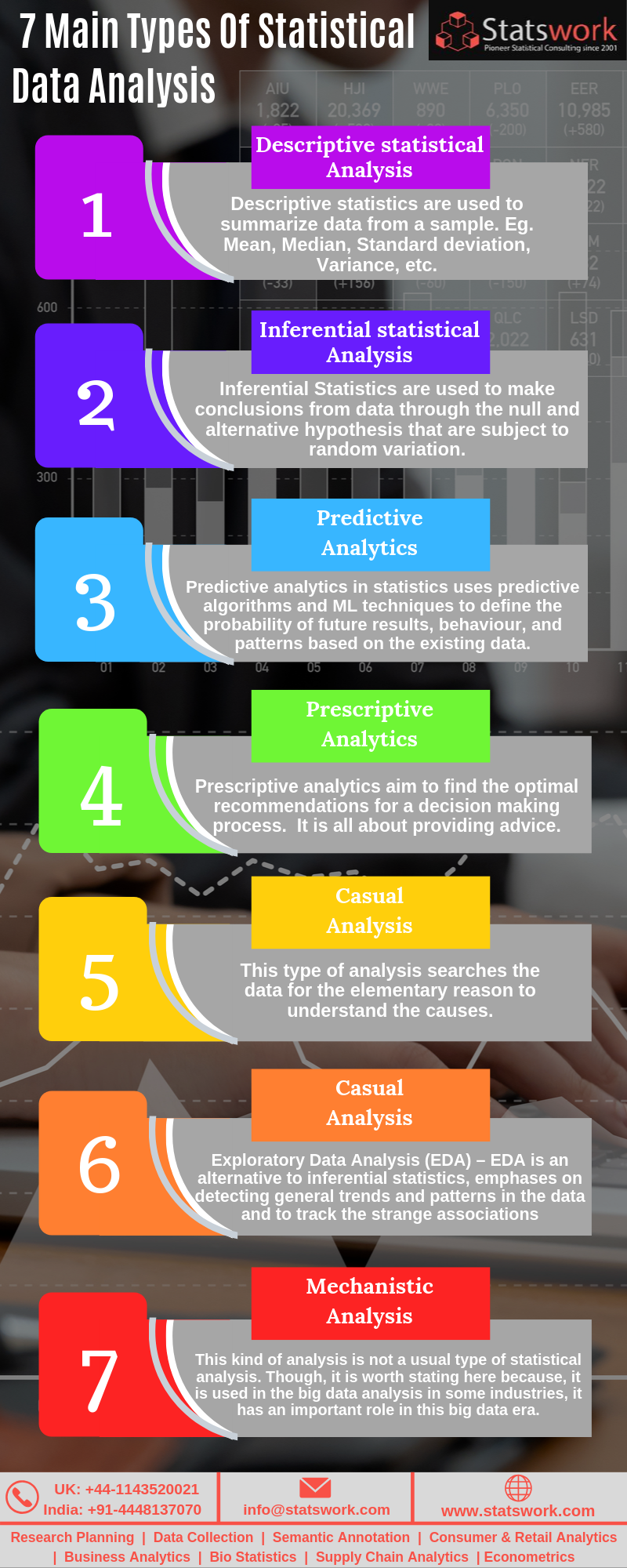

The goal of research is often to investigate a relationship between variables within a population. To collect valid data for statistical analysis, you first need to specify your hypotheses and plan out your research design. Step 1: Write your hypotheses and plan your research design Step 4: Test hypotheses or make estimates with inferential statistics.Step 3: Summarize your data with descriptive statistics.Step 1: Write your hypotheses and plan your research design.Example: Causal research questionCan meditation improve exam performance in teenagers? Example: Correlational research questionIs there a relationship between parental income and college grade point average (GPA)?

The first investigates a potential cause-and-effect relationship, while the second investigates a potential correlation between variables. We’ll walk you through the steps using two research examples. This article is a practical introduction to statistical analysis for students and researchers.

Finally, you can interpret and generalize your findings. Then, you can use inferential statistics to formally test hypotheses and make estimates about the population. You need to specify your hypotheses and make decisions about your research design, sample size, and sampling procedure.Īfter collecting data from your sample, you can organize and summarize the data using descriptive statistics. To draw valid conclusions, statistical analysis requires careful planning from the very start of the research process. It is an important research tool used by scientists, governments, businesses, and other organizations. Statistical analysis means investigating trends, patterns, and relationships using quantitative data. The Beginner's Guide to Statistical Analysis | 5 Steps & Examples


 0 kommentar(er)
0 kommentar(er)
